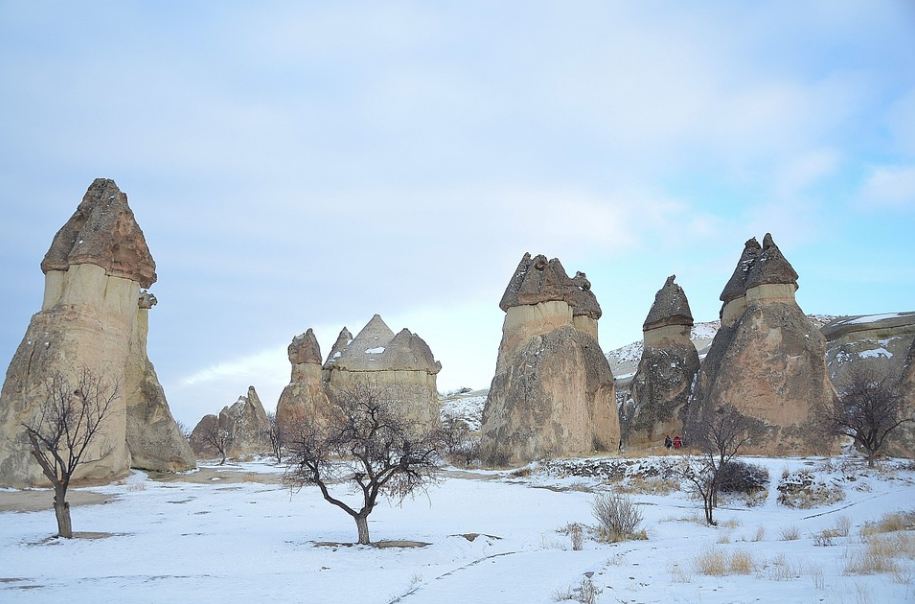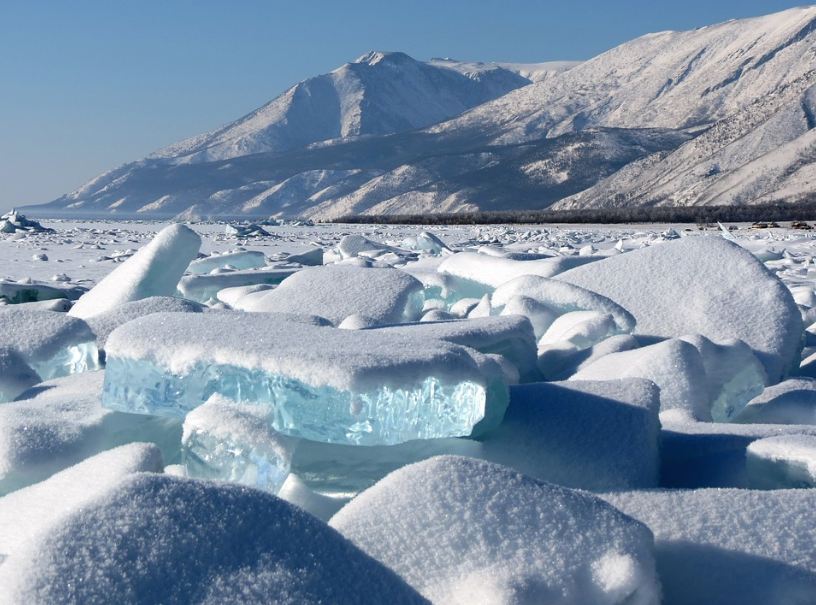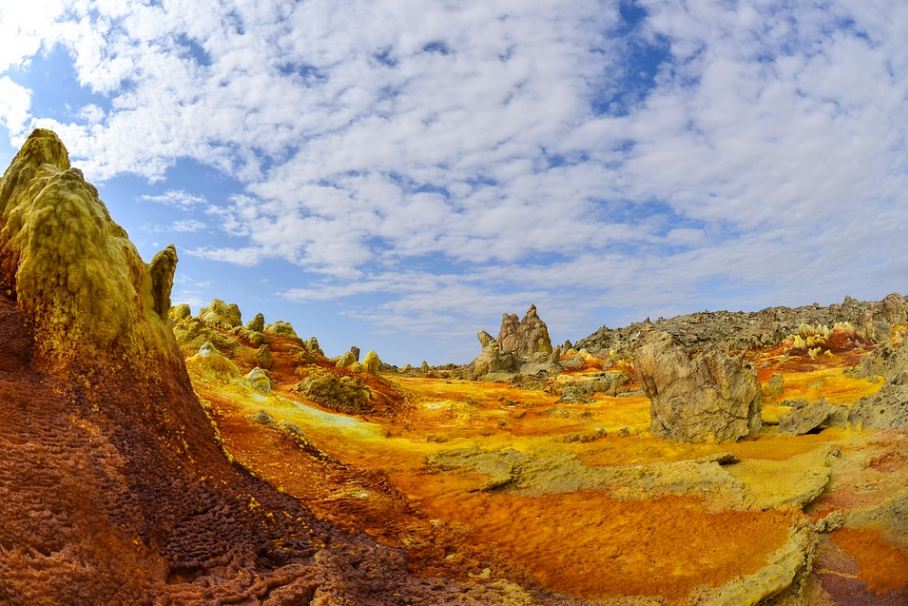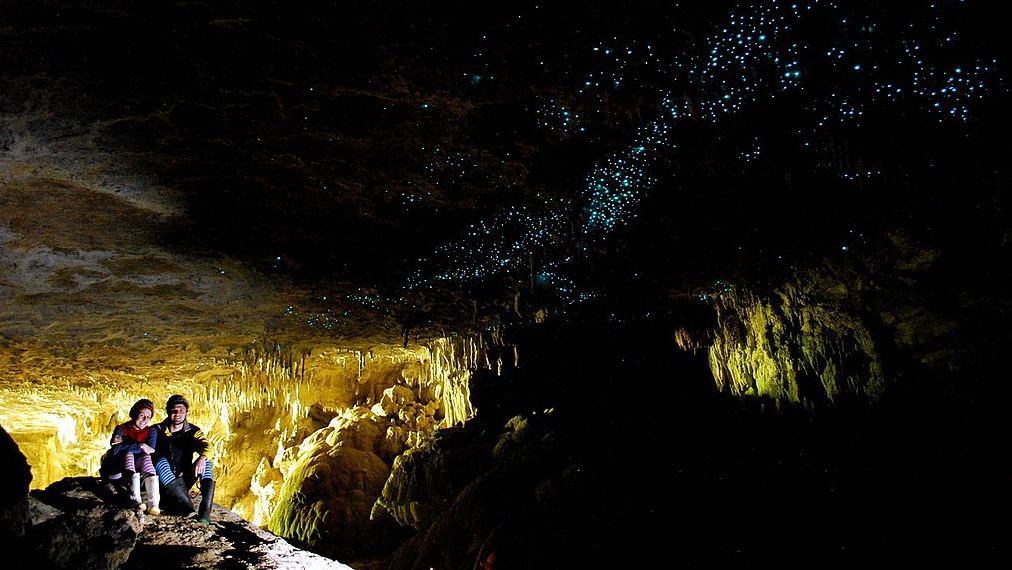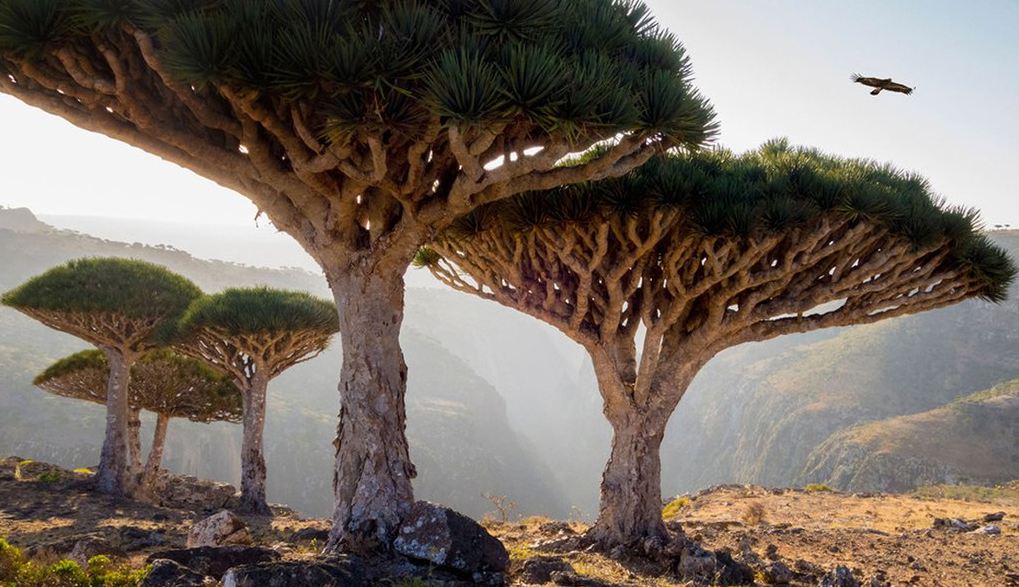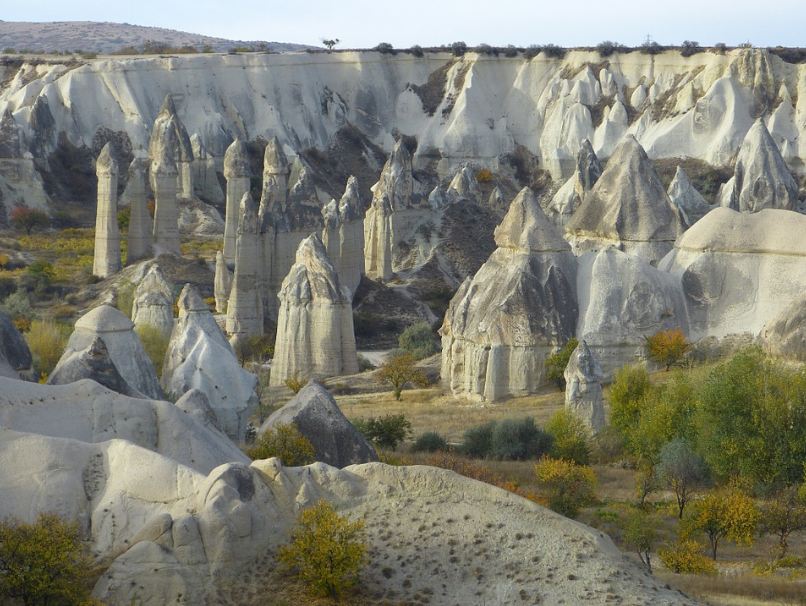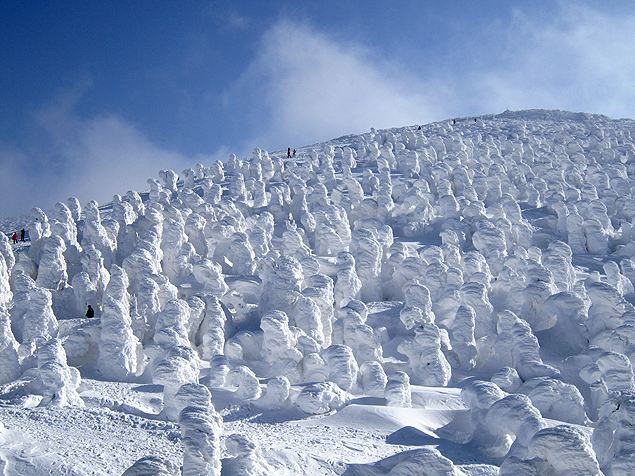Considering the state of the world we live in, we cannot blame you if you wish to get away from it all and travel to outer space. Now that booking vacations to space is possible, we’re rueful to say that most of us mere mortals cannot board a spacecraft just yet. Of course, money is the main reason for that as it the case when visiting West Virginia Online Casinos.
But as you fantasize about going to distant worlds for now, you can plan a trip to places on Earth that look like other planets. They’re so remote, wild – and often inhospitable – that human civilization has not dared touch. They have fantastic and out-of-this-world landscapes and geological formations that they resemble one of those Star Wars planets. It’s not a big surprise that many sci-fi movies are shot in these jaw-dropping locations.
Check out some of these spectacular places that will leave you breathless with their captivating, mind-boggling beauty.
1) Deadvlei, Namibia
You may have seen this scene in movies like The Cell and The Fall. Some of the scenes were actually shot on location in a dry, desolate place in Namibia called Deadvlei.
Deadvlei will give you that unsettling vibe that’s unlike anywhere else in the world. The area is characterized by a stark palate of solid colors – the white clay ground, the dried-up and blackened dead camel thorn trees, the tall red sand dunes surrounding the area, and a bright blue sky overhead. Looks like this scene appeared in your dreams before?
“Deadvlei” is derived from the English word “dead” and Afrikaans word vlei, which means a lake or marsh among the dunes. Indeed, the place seems to show no signs of life: the trees are believed to have died 600 to 700 years ago and are now black because of the intense heat that scorches them. The trees are not petrified (like some believe), but the wood doesn’t rot because of the sheer dryness of the area.
Deadvlei is located within Namib-Naukluft Park, near the more famous salt pan Sossusvlei. If you happen to be there, you can stop by at Deadvlei. However, it requires about a half-mile trek, so pack lots of water for the hot walk. Namibia is an interesting place that also has a rich history. If you want to learn about its traditional dress, you may read our post, Why Does the Herero Dress of Namibia Reflect Victorian Era Styles?
2) Emerald Ice, Lake Baikal, Russia
From the hot deserts in Africa, let’s go on an icy tour in Russia. Every winter (that occurs usually from January to May), the Baikal Lake in Siberia boasts a strange but beautiful phenomenon. As the temperature plummets below zero, the lake’s surface freezes. But these icy “gems” don’t form until the mid-winter. This phenomenon is caused when the light pierces through the clear ice. It creates an iridescent, dazzling blue color inside the ice, looking like that of emeralds.
3) Danakil Desert, Ethiopia
The Danakil Desert in Ethiopia appears constantly on several lists of the hottest, harshest, lowest, and most alien places on Earth. And it’s not a big surprise. Like many sandy and rocky deserts, the Danakil Desert is blazing hot. It has an average year-round temperature of 93.92 °F (34.4 °C) and a record-high temperature at 121 °F (49 °C). Again, no big surprise, as Danakil sits around 410 feet (125 meters) below sea level.
Yes, the environmental conditions in the Danakil Desert are utterly inhospitable, but the scenery is something else. The Danakil Desert lies on the northern part of Afar Triangle, a part of the East African Rift System. It is an active tectonic plate boundary whose plates move apart at a rate of seven millimeters every year. The divergence of the tectonic plates, which began developing around 22 to 25 million years ago, results in a jaw-dropping landscape – volcanoes with bubbling lakes, steaming geysers, sulfur springs, acidic pools, and colorful mineral-rich lakes. Walking around the strange place feels like you’re in Mars.
While the area isn’t sustainable to any life form – except several microorganisms – you will be surprised that some people live there. As Danakil is abundant in salt, it’s probably the only useful thing in the area. People cut salt blocks from the lakebed and then sell them to the nearest market on the backs of camels and donkeys.
4) Waitomo Glowworm Caves, New Zealand
Formed by geological and volcanic activity over 30 million years ago, the Waitomo Glowworm Caves are a wonderland that glimmers with the distinctive luminosity of the glowworms. These luminescent worm-like creatures are not real worms but are actually larvae of a certain species of flies. These twinkly wigglers live on the ceiling of the Waitomo caves, which makes the area a popular tourist attraction.
You’d mistake these thousands of glowing creatures as some kind of a contrived light show. But these man-made light effects pale in comparison to these glowworms! The glowing natural lights that scatter across the caves’ ceilings make everything look like you’ve scattered some pixie dust or you’re watching stars in the sky.
Learn more about glowworms and other awesome animals that produce light.
5) Socotra, Yemen
Socotra is a remote Yemeni island and a UNESCO World Heritage Site. It is separated from the African continent over six million years ago. It is long considered the “jewel of biodiversity” in the Arabian Sea because of the variety of endemic flora and fauna. The geological formations are nothing short of amazing! For example, the stalactites there are the size of an average human. The bulbous cucumber tree’s trunk can reach up to one meter (3.3. feet) or more in diameter! And the island’s most famous tree, the dragon blood tree, grows to a curious umbrella-like shape and produces a red sap, hence the name.
Because of the island’s remoteness, unique landscape, and strange vegetation, it looks like you’re on a set for a sci-fi movie… except that it’s not a movie set at all!
6) Fairy Chimneys, Turkey
Cappadocia, located in Central Anatolia, Turkey, has become a favorite hot-air ballooning destination. This dream-like region is famous for its unique and surreal landscape, dotted with incredible rock formations that actually took millions of years in the making.
These “fairy chimneys” were sculpted with the combined forces of ancient volcanic eruptions, strong winds, and erosion. These imposing and awe-inspiring million-year-old fairy chimneys can stretch as far as 130 feet into the sky. During each golden hour, the rocks seem to go through dramatic changes and different colors as sunset light bathed the entire landscape. These otherworldly geological formations were named a UNESCO World Heritage Site in 1985.
7) Mount Zaō, Japan
Mount Zaō is a complex of cluster volcanoes straddling the border between Yamagata and Miyagi prefectures, Japan. During mid-winter, these ghostly “snow monsters” form and look like they’re coming right down at you.
These grotesque formations are actually the result of strong winds over the nearby lake that carry water droplets onto the mountain’s trees and their branches, where these droplets freeze. This process would go on until near-horizontal icicles start to form. Falling snow descends on these icy pillars to complete the “snow monster” look.

